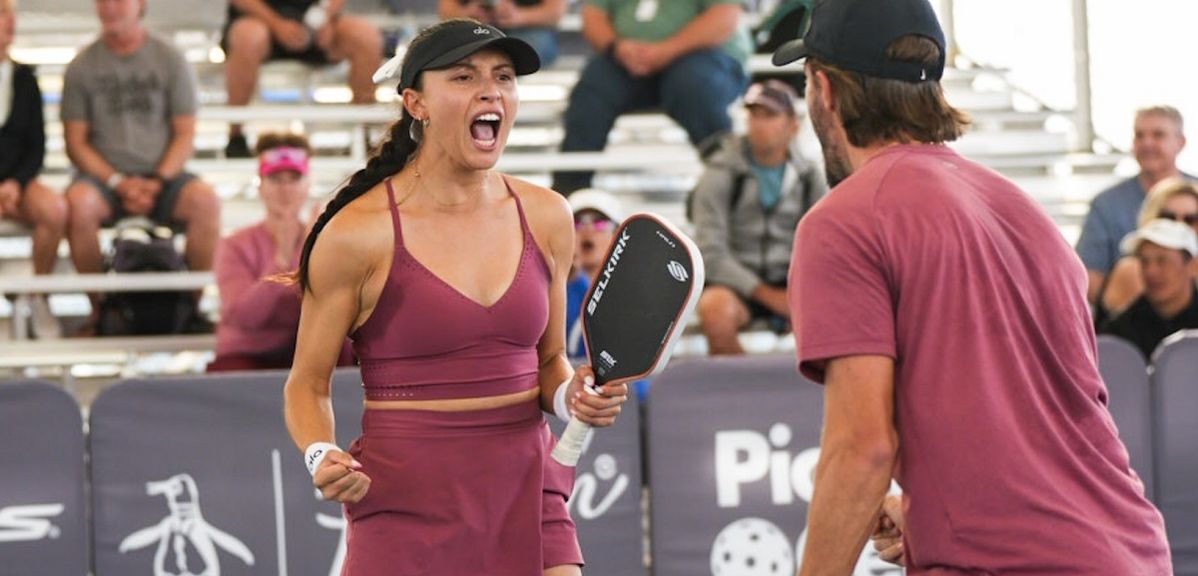
It happens in every buddy cop movie. Mid-gunfight, cop 1 yells to cop 2: 'COVER ME' as he makes a run for it.
- The pickleball version of 'cover me' happens on the 4th shot
- Your partner returns serve and hightails it up to the kitchen line
- As they’re on the run, you provide cover as your opponent plays a third shot drop (or drive)
As a general (but unwritten) rule, the player parked at the kitchen line can eat a little more real estate on the 4th. They're better off taking the shot than the partner on the move.
However, this is different in every partnership.

The Official Sock of Major League Pickleball, OS1st compression socks are designed for comfort, injury prevention and improved recovery.
We’ve all played with the fresh-legged youngin’ who can transition in a flash. And so, it's good practice for the player on the move to call off their partner if they've reached the line and are well positioned to take the 4th.
In fact, this can offer some advantages. If you or your partner is particularly agile, keep these things in mind:
- The player in transition has the optimal vantage point: they can see the ball, their partner’s position, and more of the court
- The player in transition has the obligation to communicate and call their partner off when necessary
- The opponent is likely to play their third shot toward the player in transition (more open space, it looks safer).
If the player in transition is fast enough, there’s an opportunity to intercept a lofted third shot or a drive and surprise the opponent with an aggressive shot
If your partner is really fast, maybe they can even erne the third shot. Ok, we can’t all be Ben Johns.

Love Pickleball? Join 100k+ readers for free weekly tips, news & gear deals.
Subscribe to The DinkGet 15% off pickleball gear at Midwest Raquet Sports






